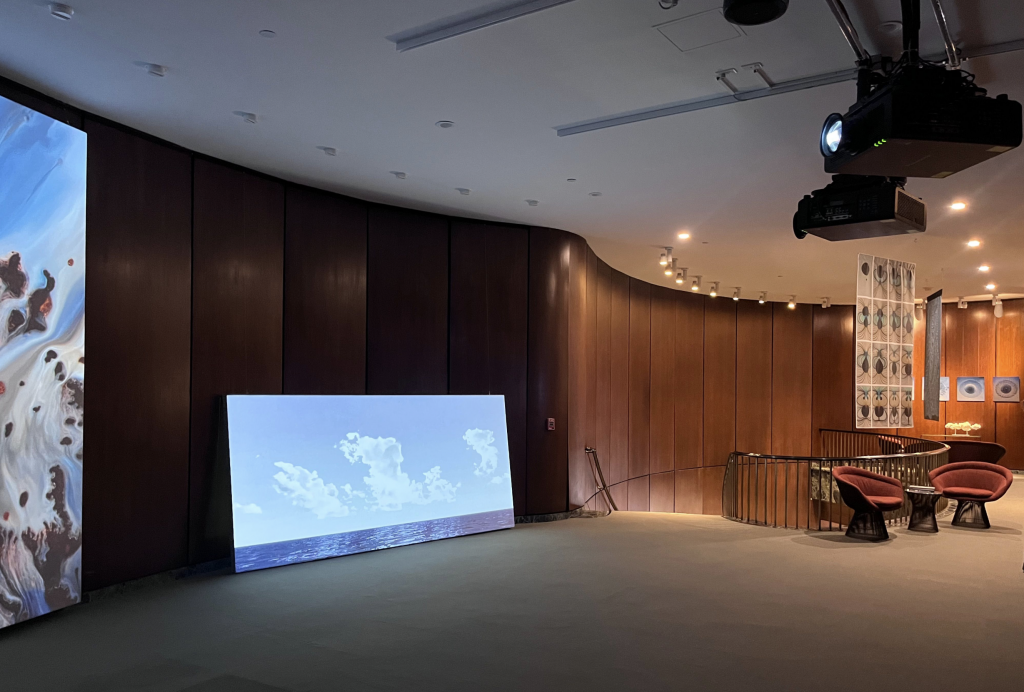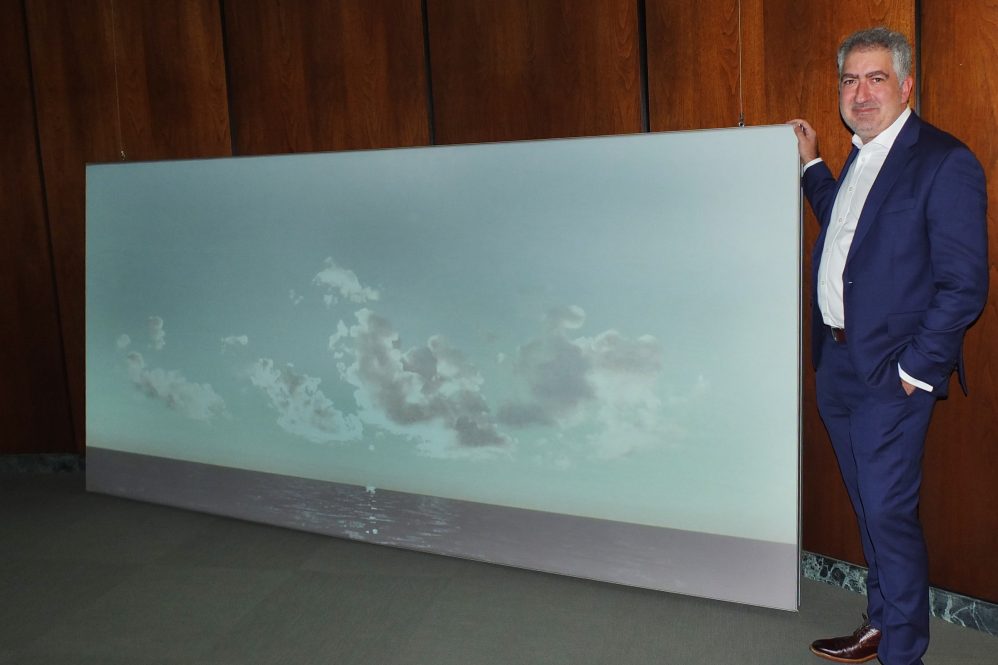Clouds strongly interact with solar radiation and as a result small changes in cloud cover have big impact on the Earth’s surface temperature. Currently, the effects of clouds are one of the largest sources of uncertainty in climate projections.
Recent computer technology, however, is enabling scientists and engineers to create cloud simulations in controlled environments.
Georgios Matheou, associate professor of mechanical engineering in the School of Mechanical, Aerospace and Manufacturing Engineering, is using a mathematical model called large-eddy simulation to replicate cloud physics and create cloud models. These simulations help improve weather forecasts and climate projections while contributing to the field of fluid dynamics—a discipline that describes the flow of liquids and gases.
“Climate is the biggest problem for humankind today. With new computer models, we can predict the motion and turbulence of the atmosphere. This is a much more accurate way to forecast weather.”
“Climate is the biggest problem for humankind today,” Matheou says. “With new computer models, we can predict the motion and turbulence of the atmosphere, and therefore predict wind patterns, thunderstorms, temperature, humidity, and hurricanes, for example. This is a much more accurate way to forecast weather.”
The computer model isn’t only useful to scientists, it’s pretty too. And in video form, it appears as a crystal-clear rendering of real clouds.
“The video is sort of a byproduct of our research on cloud and the atmosphere,” says Matheou, who heads UConn’s Computational Fluid Dynamics Group. “When we’re doing the simulations, they create a nice visual, which we can use to engage people in our research. They’re scientific and visually interesting.”
A projected video of Matheou’s cloud simulations is currently on display in a traveling exhibit, “Chaosmosis: Assigning Rhythm to the Turbulent.” This art exhibition, housed at the National Academy of Sciences in Washington D.C., is inspired by fluid dynamics.
The exhibition draws from past submissions to the American Physical Society’s Gallery of Fluid Motion, an annual program that serves as a visual record of the aesthetic and science of contemporary fluid dynamics. Matheou’s video—“Large-eddy simulation of cumulus clouds”—won the Gallery of Fluid Motion contest in November 2021.

His video is among 11 works on view, which range from photography and video to sculpture and sound. In the video viewers watch, from a static point of view, clouds forming in fast motion. This later changes to an airborne perspective, to give the views a dreamlike sensation of flying.
“Simulation is an additional tool for discovery, enabling us to conduct experiments that offer new insights into the intricate nature of clouds, particularly as our planet’s climate becomes more volatile,” Matheou said.
Matheou joined UConn’s School of Mechanical, Aerospace and Manufacturing in August 2017 from NASA Jet Propulsion Laboratory. He combines theory, modeling, computational algorithms, and remote sensing data to understand and predict complex multi-physics fluid flows.
His work on large-eddy simulations was recently published in Journal of the Atmospheric Sciences in 2022; Physical Review Fluids in 2022; Quarterly Journal of the Royal Meteorological Society in 2022; and the Journal of Computational Physics in 2021.
“Chaosmosis: Assigning Rhythm to the Turbulent” is on exhibit until Feb. 23 at the National Academy of Sciences, 2101 Constitution Ave., N.W., Washington, D.C. The term chaosmosis, coined by the philosopher Félix Guattari in the 1990s, conveys the idea of transforming chaos into complexity. The exhibition is curated in coordination with the American Physical Society, Division of Fluid Dynamics.



